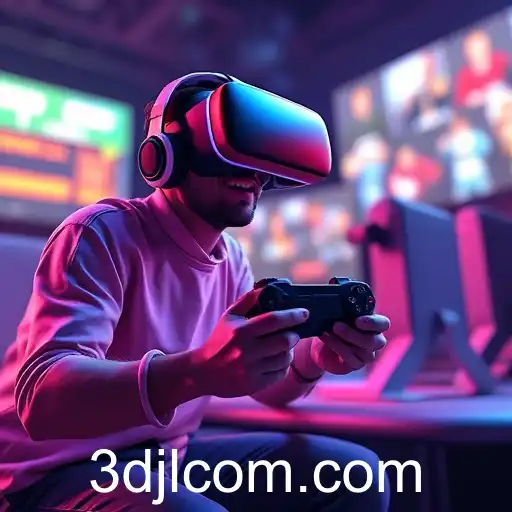
Explore the latest advancements in 3D gaming and how they are shaping the future of immersive experiences.
As technology continues to advance in leaps and bounds, the gaming world is no exception to these dynamic changes. One of the most fascinating trends in this field is the growing popularity and sophistication of 3D games. '3D JL' has become a renowned keyword in the gaming community, symbolizing not only a technological evolution but also a paradigm shift in how players engage with virtual worlds.
In recent years, game developers have embraced 3D technology to create environments that are more immersive and realistic than ever before. With the integration of virtual reality (VR) and augmented reality (AR), the line between the digital realm and the physical world is becoming increasingly blurred. These advancements have brought about a new era where players can inhabit the story universe in ways previously unimaginable.
A significant driver behind these changes is the continuous innovation in hardware capabilities. Graphics cards and processors are now able to handle complex algorithms that render detailed 3D environments and dynamics in real-time. This technological edge has not only improved the visual quality of games but also enhanced gameplay mechanics, offering players nuanced interactions with the game environment.
Moreover, the rise of cloud gaming has further propelled the industry forward, making high-quality 3D games accessible to a wider audience. As more platforms adopt cloud-based solutions, issues related to device compatibility and storage limitations are reduced, enabling gamers worldwide to dive into new, expansive worlds. This shift is democratizing access to premium gaming content, fostering a more inclusive community of gamers.
However, with these advances come challenges and ethical considerations. As 3D gaming technology grows more sophisticated, concerns about user privacy and data protection have intensified. Developers and publishers must navigate these challenges carefully to maintain trust and ensure the safety of their players’ information.
Looking ahead, the future of 3D gaming holds endless possibilities. The ongoing integration of artificial intelligence promises to add yet another layer of depth in game design, creating dynamic, responsive environments that adapt to individual player actions. As the boundaries of technology continue to expand, so too will the horizons of what is possible within the realms of 3D gaming. It is an exciting time for both developers and gamers, as they embark together on new journeys through virtual landscapes replete with potential and innovation.




